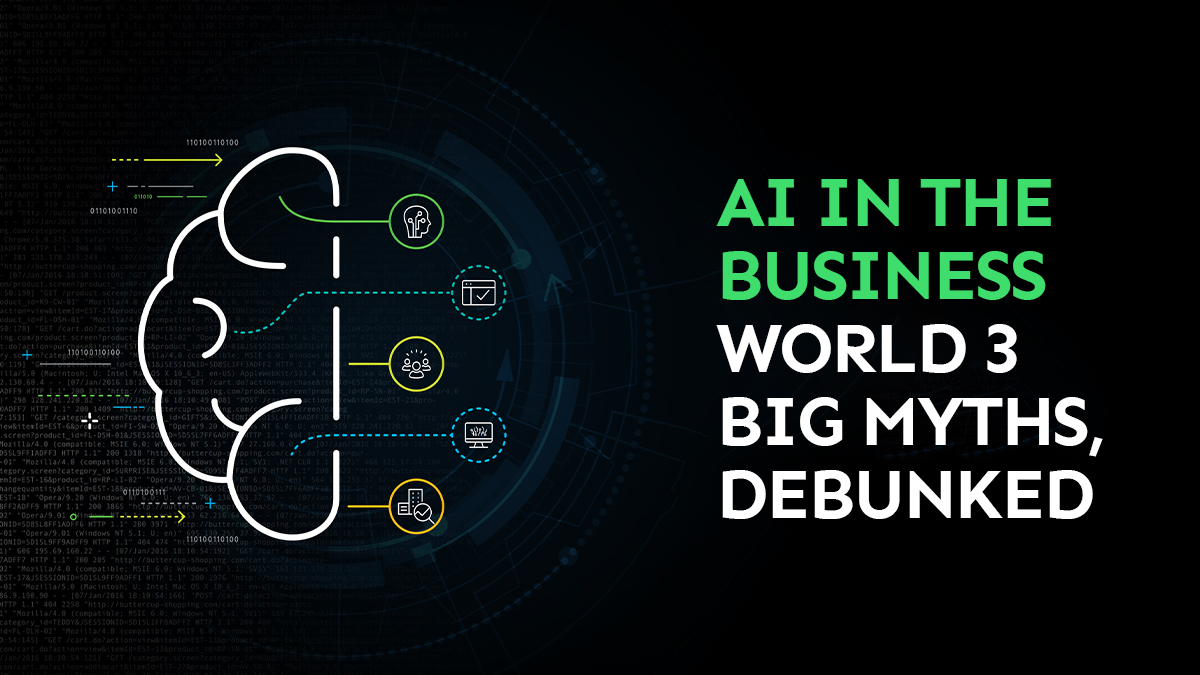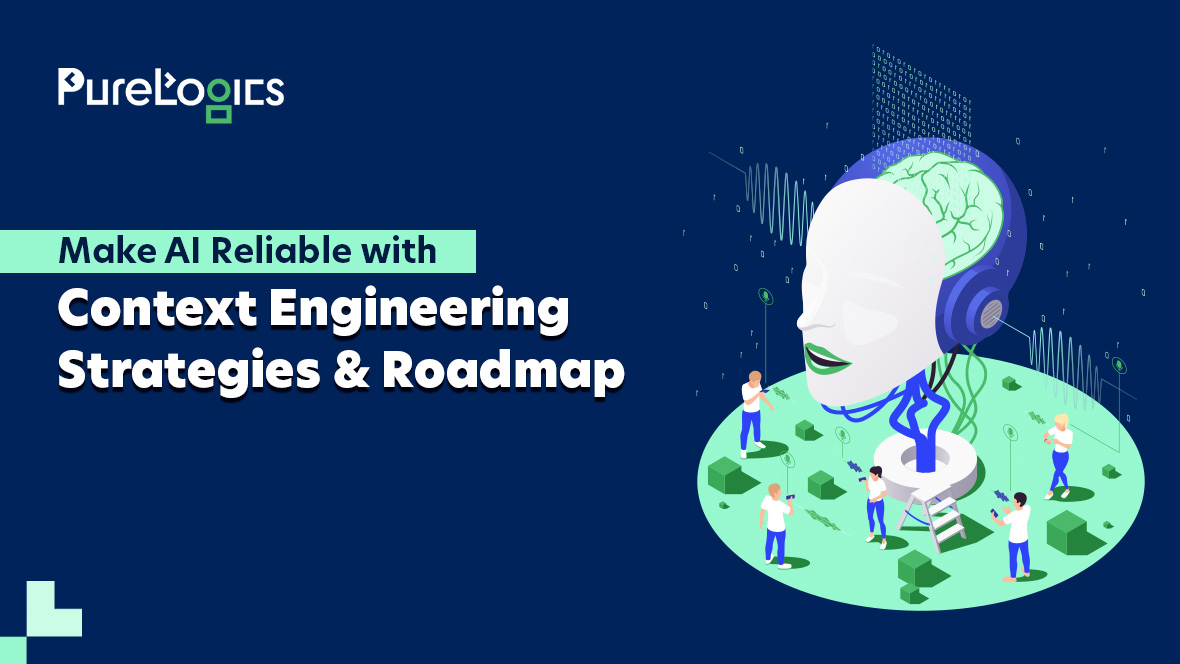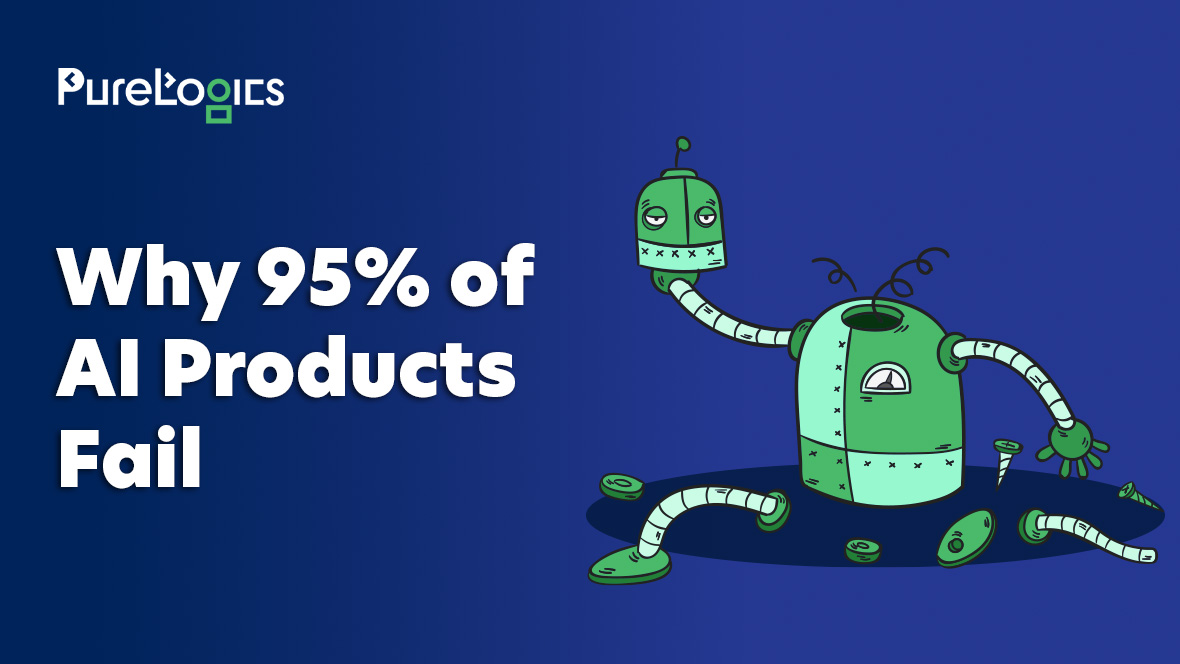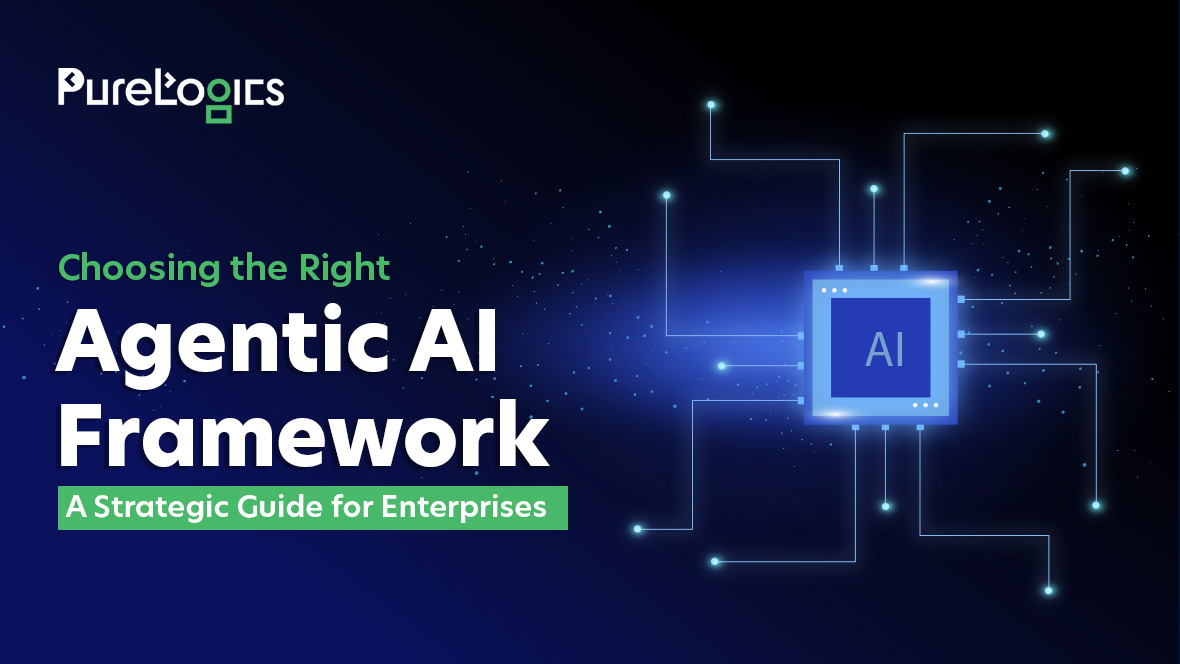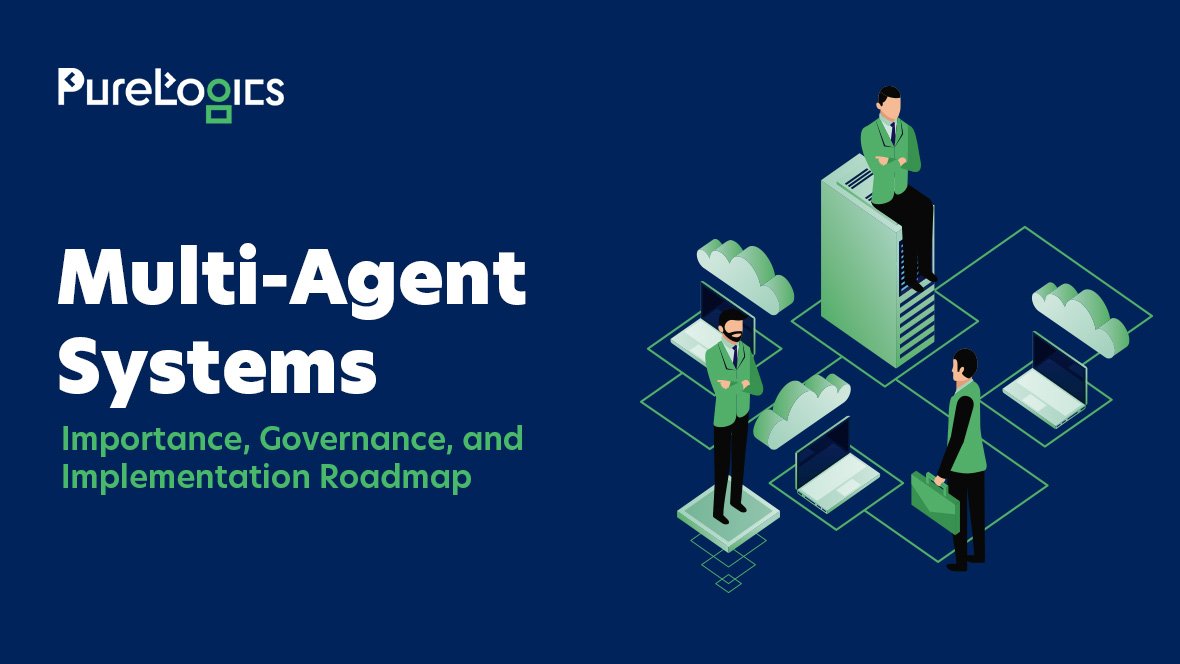People are afraid of the unknown. It is natural to be concerned about outcomes that are not only confusing but could result in a significant shift in your business.
Enter artificial intelligence. Every business owner has to explore what progress in AI technology looks like for their workforce and the business itself.
What is critical for business leaders to fully understand is how AI works, how it can generate value for their enterprise, and where its limitations lie. But as with any emerging technology, there are numerous misconceptions about artificial intelligence. There is no doubt that AI will be the most disruptive technology for decades to come, but the very scope of its potential impact is still a mystery. It has become very difficult to distinguish the reality of what AI can do from the hype and fiction. So, let’s dispel 3 commonly held beliefs and misunderstandings about AI that relate to its application in the business world.
Myth #1: “AI Will Convey Magical Results… The Moment It’s Deployed.”
Reality: There is no magic to AI. What most people don’t seem to realize is that the road to success with AI is not an easy one; it takes time and thoughtful planning. AI as a concept and a process, without a doubt, has huge value and can deliver on the magic, but the key is to get the fundamentals correct.
AI engines need massive amounts of data and extensive training to learn, much like humans do. There is some amount of data that could be seeded, but the vast majority of it comes from the domain itself, where data is deployed. Therefore, expecting AI systems to produce immediate results and recommendations is not possible in the first place. You would need to put the processes in place and allocate resources in different environments before watching the magic happen.
Myth #2: “AI and Machine Learning (ML) Are the Same Thing.”
Reality: This is not exactly accurate. AI and machine learning are certainly related, but the terms cannot be used interchangeably. ML is, in fact, better described as a specific sub-discipline or one of the tools of AI.
Artificial intelligence (AI) and machine learning (ML) are so closely related that people often lump them together and mistake the two as synonymous. Drawing the distinction between these two terms is very critical, however. When you understand the distinction, you will be able to avoid too-good-to-be-true snake oil solutions and set up your AI initiatives for tangible success.
Myth #3: “AI Is For The Tech Elite, And Only The Tech Elite.”
Reality: This theory is unfounded. The prevalent belief that only the big beasts in the business world can effectively take advantage of and control AI is false. To tell the truth, artificial intelligence is accessible for all, thanks to off-the-shelf AI tools as well as easier access to data science expertise these days.
What has led so many people to hold this belief is that when they look at the AI landscape nowadays, it’s dominated by big companies like Google, Microsoft, Apple, Amazon, and Facebook. There is less attention paid to the AI startup sphere, which is booming. Apart from that, the software giants have also taken important steps to democratize AI. Most of the big tech companies have open-sourced the software tools they use to build fully functional AI algorithms. This means that with the right training and the willingness to learn, everybody can have their share of this new technology.


 [tta_listen_btn]
[tta_listen_btn]
 November 28 2019
November 28 2019

